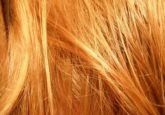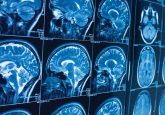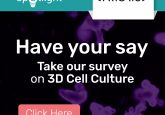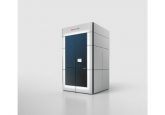A colorful solution for cleaning up crime labs
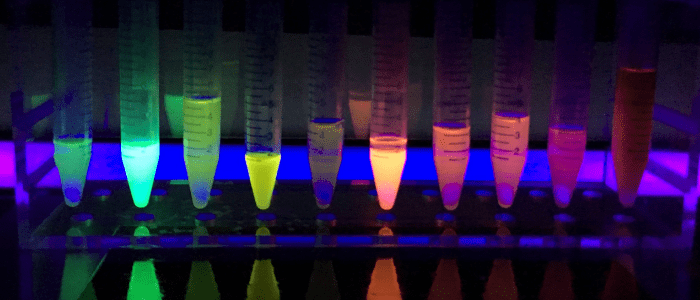
A fluorescent orange mock drug sample allows crime lab technicians to model the spread of drug particles through the lab, enabling identification of more effective cleanup routines.
In a drug analysis lab, the spread of drug particles is an unavoidable risk. Tiny particles from the drug samples under analysis get scattered around the room, be it via particles settling on the workstations or sticking to the gloves of the technicians who handle them. To prevent cross contamination, workspaces are cleaned thoroughly between sample tests and procedures are in place to prevent the spread of drug samples becoming a health risk to the chemists at work.
However, due to the rise in popularity of super-potent synthetic drugs such as fentanyl, only the smallest amount of drug needs to be present for there to be concerns – both for the health of the chemists and for the chance of sample contamination. Increasingly labs are improving the sensitivity of their instruments in order to detect the small amounts of synthetic drugs that dealers mix into their supply of cocaine or heroin. These instruments are more likely to detect sample residue left in the environment, making the limitation of sample spread even more critical.
In order to model the spread of drugs around a lab – and therefore find ways to limit it – scientists from the National Institute of Standards and Technology collaborated with the Maryland State Police crime lab (both MD, USA), together developing a colorful solution.
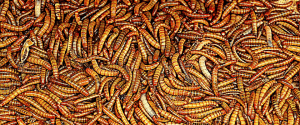 Maggots are on the case: new method speeds up forensic entomology
Maggots are on the case: new method speeds up forensic entomology
Researchers have developed a novel method for identifying maggot species that are commonly utilized in forensic entomology.
The scientists created a brick from white flour that had been mixed with fluorescent powder. Under ordinary lighting, the brick looked like one of the many samples that pass through the crime lab every day as evidence from a drug seizure. However, under UV light their fake sample glowed a bright orange.
The supervisor of the crime lab and a co-author on the study, Amber Burns, then processed the brick of powder as she would any other sample. Following standard procedure, a sheet of butcher paper was used to cover the workspace as she cut open the package and took out a sample for analysis. The powder was then removed from its package to be weighed on a digital scale.
Before starting the usual cleanup process, the team brought out the UV light to see how far the particles of sample had spread. The light revealed that the particles had settled on the workspace, as well as being transferred to a marker and wash bottle via Burns’ gloves.
After cleaning up they checked the workspace again with the UV light and found the cleanup routine to be successful. However, the test highlighted some areas for improvement. Publishing their results in Forensic Chemistry, the authors recommend regular glove changing, using vials with large mouths to reduce the risk of spillage and having multiple sets of wash bottles.
The publication of the experiment includes clear instructions for how the test was conducted, meaning it can be easily reproduced in another lab, allowing individual flaws in the cleanup routine to be identified and the potential for the spread of drug samples to be reduced.


